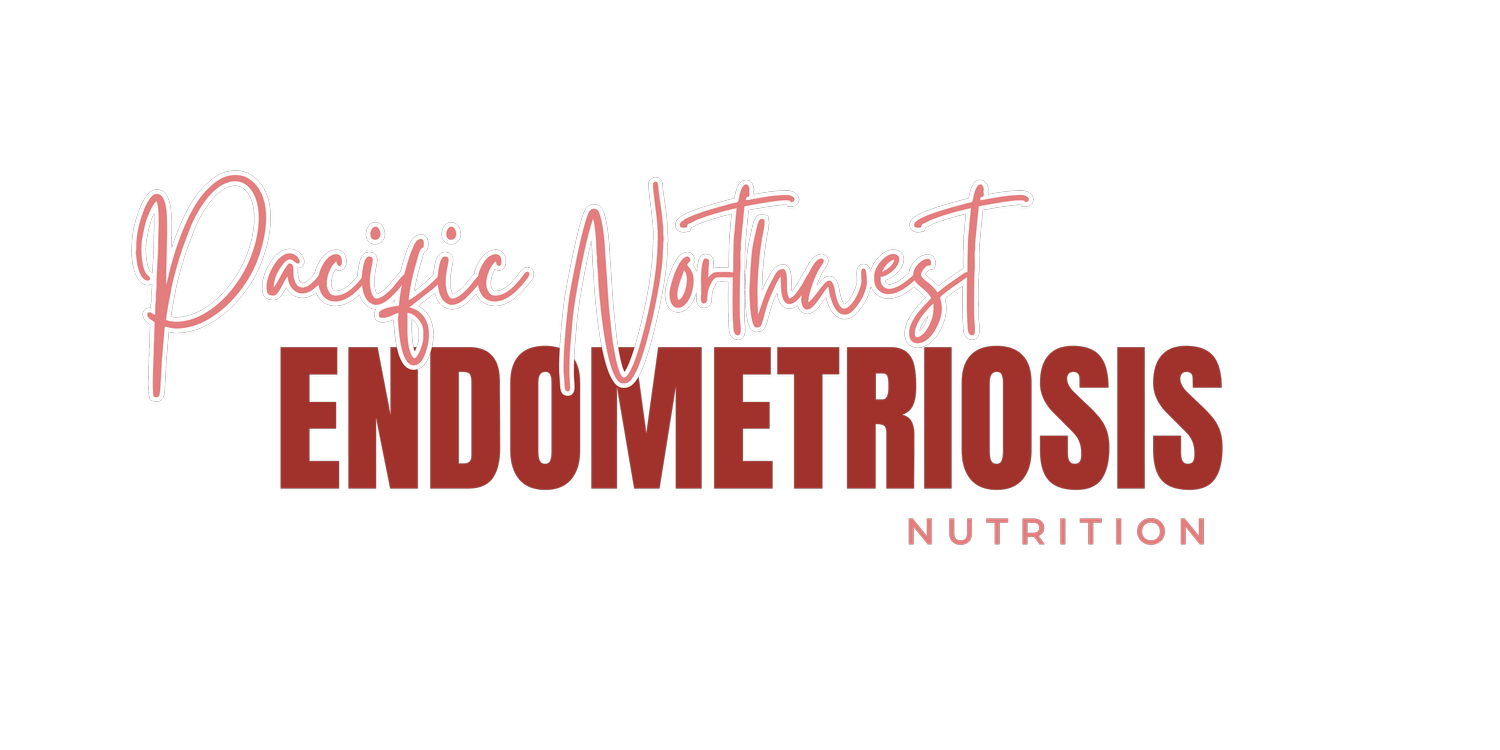Tips for Lowering Cholesterol + Downloadable Grocery Guide
High cholesterol can lead to serious health problems such as heart disease and stroke, the leading cause of death for women in the United States. The good news is that there are natural ways to lower cholesterol levels and improve overall well-being.
Cholesterol is a waxy, fat-like substance found in every cell of the body. It plays a role in hormone production, vitamin D, and the digestion of food. However, too much cholesterol can lead to plaque buildup in the arteries, restricting blood flow and increasing the risk of heart disease.
Making heart-healthy food and lifestyle choices can have a profound impact on cholesterol levels and overall health. Here are some lifestyle changes that can help lower cholesterol:
Limit Saturated Fat, Trans Fat, and Sugars
Saturated fats, trans fats, and added sugar in foods contribute to elevated triglycerides and LDL (bad) cholesterol. Limiting foods high in these items can help you lower your total cholesterol without the use of medications. See the attached food lists for recommended items.
Increase Fiber and Healthy Fats
Eating more fiber from vegetables, fruits, and whole grains can help lower cholesterol by sweeping the fats out of your digestive tract. Eating Omega 3 fats from fish, flaxseed, chia seeds, walnuts, and fish oil can help improve your healthy cholesterol numbers.
Exercise Regularly
Exercising regularly can increase your HDL cholesterol levels and help lower triglyceride levels. All movement counts! Try incorporating any type of exercise that you enjoy.
Eat Regularly
Skipping meals often leads to over-eating and choosing more convenient foods. Eating regularly can help regulate your blood sugars and triglyceride levels.
Limit Alcohol Intake
Some studies have shown that small intakes of alcohol can improve HDL or “healthy” cholesterol. However, excessive alcohol intake can lead to high triglyceride levels, high LDL levels, and high blood pressure.
What are the types of cholesterol and what levels are healthy?
-
This measures the amount of both low-density lipoprotein (LDL) and high-density lipoprotein (HDL) in the blood. Aim to keep this number below 200.
-
Low-density lipoprotein, also known as the “bad” cholesterol. This is the main source of plaque buildup and blockages in the arteries. The goal is to keep this number less than 100.
-
High-density lipoprotein or “healthy” cholesterol. This type of cholesterol removes the bad cholesterol that your body doesn’t need. You want to raise this number generally, with a goal of 60 or greater.
-
A type of fat in the blood that can raise the risk for heart disease if the levels are too high. The goal for triglyceride levels is less than 149.
Heart Healthy Fats to Improve Cholesterol
-
Corn
Soybean
Sunflower
Olive
Avocado
Canola
Sesame
Peanut
Mayonnaise
-
Chia seeds
Flax seeds
Walnuts
Almonds
Macadamia
Hazelnuts
Pecans
Pistachios
Pumpkin seeds
Sunflower seeds
-
Salmon
Trout
Mackerel
Sardines
Cod
Halibut
Canned, Light Tuna
Peanut butter (natural)
Avocados
Foods to Limit to Improve Cholesterol
-
Hydrogenated/partially-hydrogenated vegetable oils
Fried food
Cakes/pastries
Fast food
Chocolate
Crisco
-
Butter
Cream
Half and Half
Ghee
Tallow/Lard
Full-fat dairy
Palm oil
Coconut oil
Creamer
Condensed milk
Bacon
Sausage
Pepperoni
Salami
High-fat cuts of beef
Poultry with skin
Hot dogs
Palm Oil
Pork
Do you need help with lowering your cholesterol or following a heart-healthy diet?
I am currently accepting new patients via telehealth in several states. I am in-network with most commercial insurance plans and some Medicare plans. Many insurance plans have several or unlimited nutrition visits covered at 100%. The good news is that I will check your benefits for you. If you are interested in booking an appointment, contact me at 564-669-7310 or sarahraerdn@gmail.com. Alternatively, you can book an appointment here.





